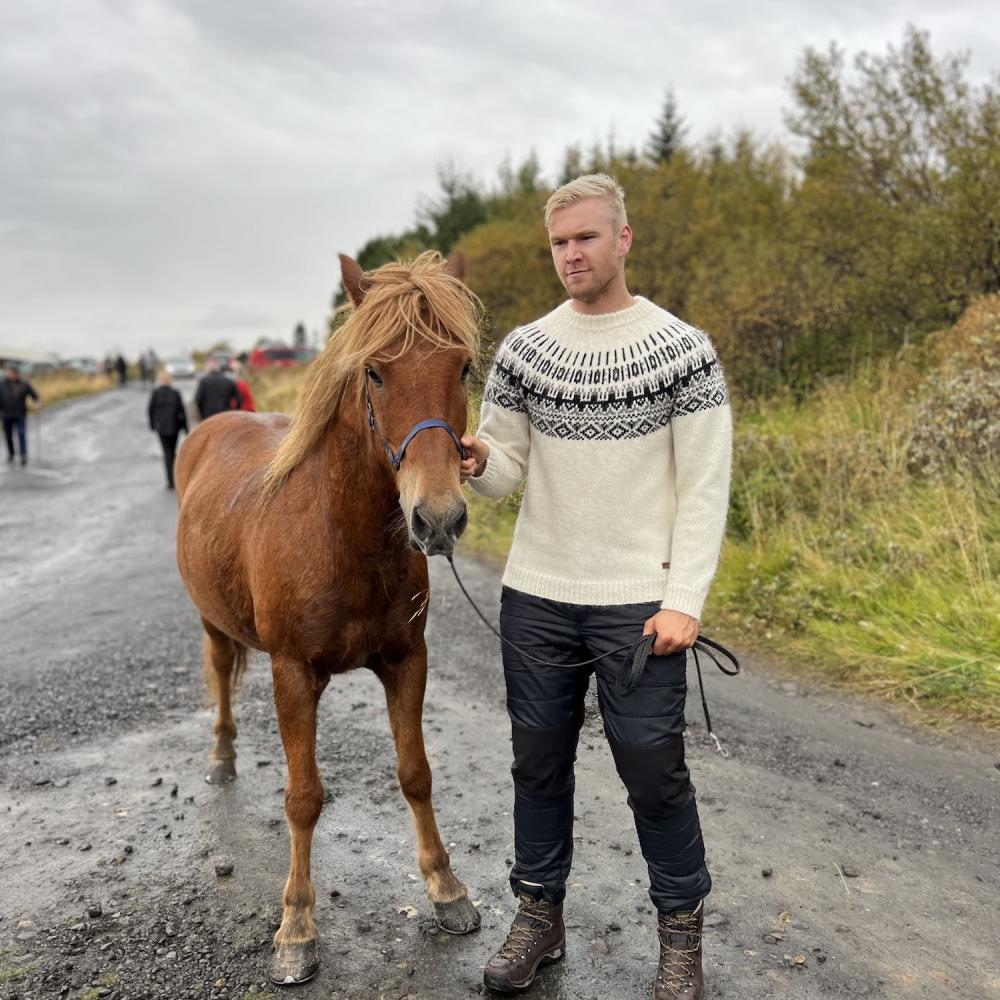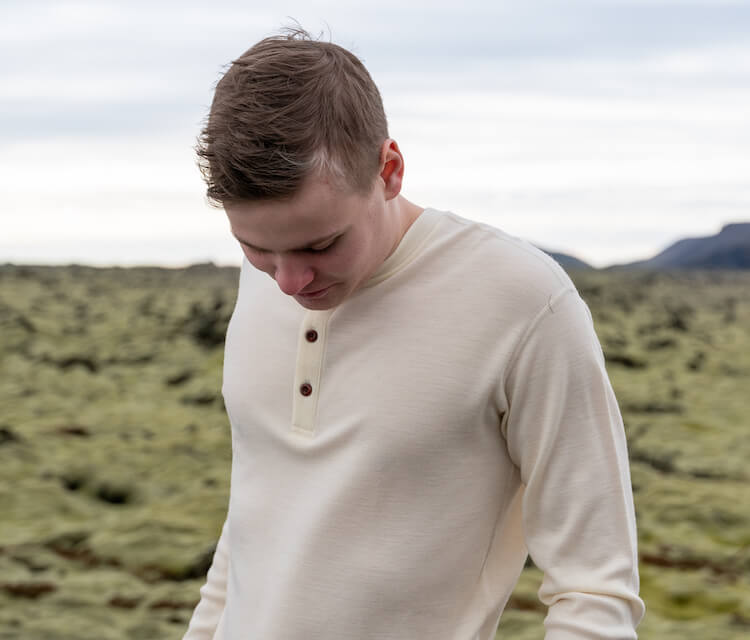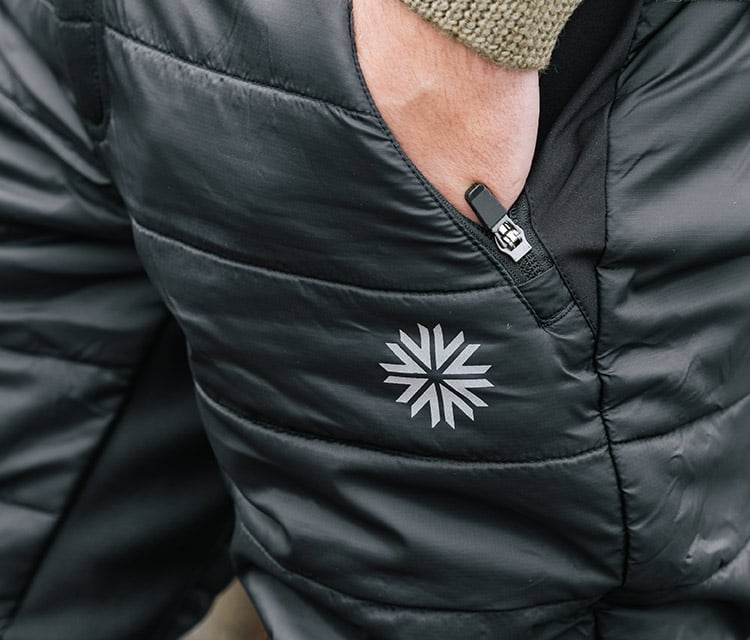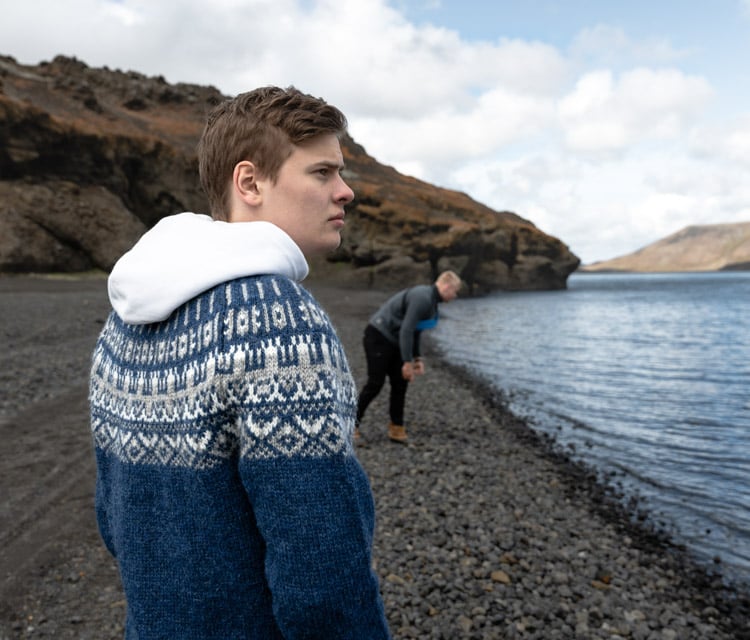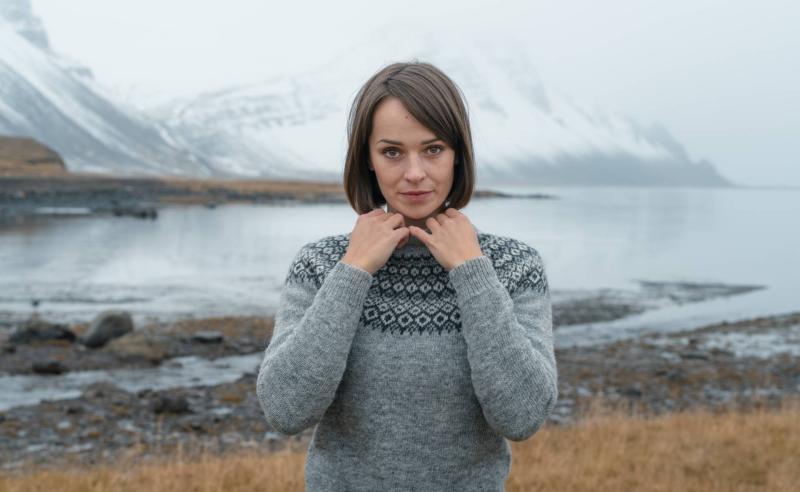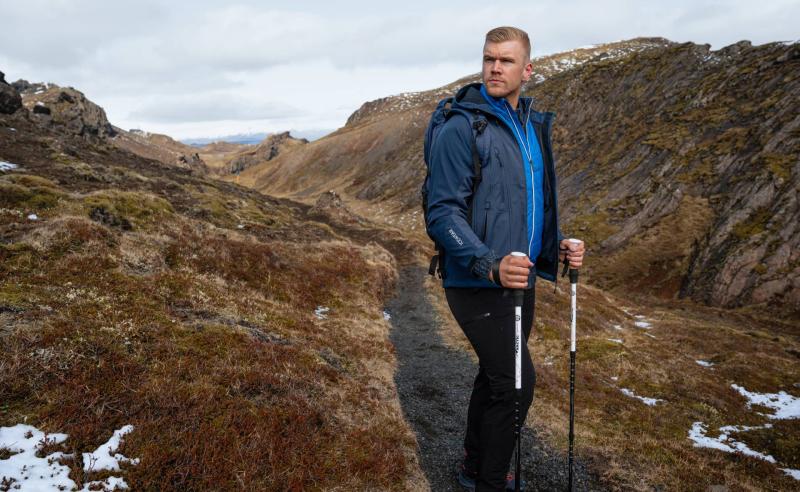It’s no surprise to anyone to see an article about Icelandic sheep. Bred in isolation for over a millennium, they’ve developed a unique wool recognized world round.
But how about the Icelandic horse? Have you read about what Icelandic horses are used for? What other Icelandic horse facts are worth knowing?
Icelandic horses are truly the original of the Viking horse breeds. They were brought to Iceland by the Vikings in 9th and 10th century, during the time of the most expansive Viking exploration and conquest.
Icelandic horses have been the only bread of horses in Iceland as for over 1,100 years. Just like Icelandic sheep, Icelandic horses have been isolated, without any other genetic input, rendering them unique.
Icelandic Horses for Sale
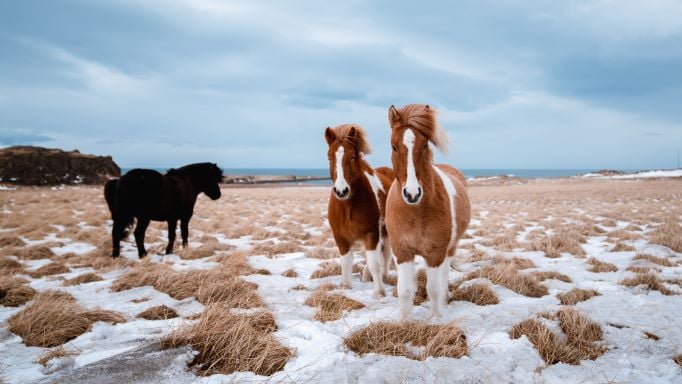
The Icelandic horse is especially popular elsewhere in western Europe, Scandinavia, and North America. There are around 60,000 Icelandic horses in Iceland out of the 180,000 Icelandic horses currently registered around the world.
With one third of the Icelandic horse population still in Iceland, that means there’s roughly one horse for every four Icelanders on the island nation. If they wanted to, every family could own one with such a huge population.
Why are there so many horses in Iceland, though, if there are so few people?
Furthermore, if there are so many Icelandic horses for sale to anyone in the world, why aren’t there other horses being bred with Icelandic horses?
Today in Iceland, the import of any other horses (or other livestock) is forbidden due to the risk of introducing disease to the animals there. That even means that, once an Icelandic horse leaves Iceland, it can’t come back.
For anyone traveling to Iceland, all riding gear such as riding boots and helmet need to be disinfected as well.
Wild Icelandic Horses
In the summertime, thousands of Icelandic horses roam free in the mountains from various farms. The horses are then brought down to the lowlands in the autumn during the famous horse round-ups, not unlike the annual Réttir for sheep.
Genuine and Welcoming Character
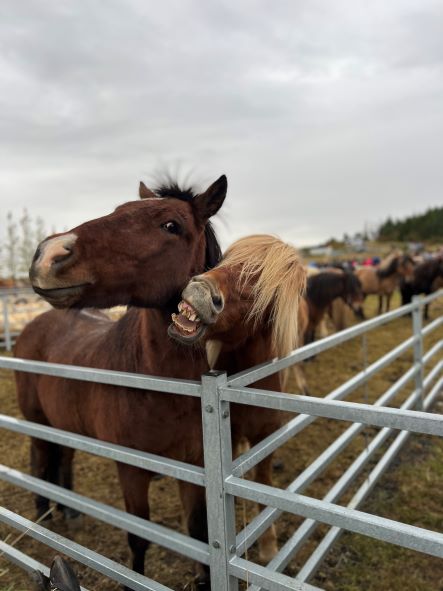
The Icelandic horse has earned its respect and love throughout the world as a gentle horse with a wonderful personality.
The adorable and friendly face is hard to resist, and the comfort to ride on is like no other, thanks in large part to the low average Icelandic horse height.
The Icelandic horse is also a gaited breed, which means that in addition to the typical gaits that other horses have (walk, trot and canter), the most beloved trait of the Icelandic horse is the tölt and the fast and smooth, flying pace, where both legs on the same side move forward at the same time. These added gaits are natural for the Icelandic horse and are both very smooth and comfortable.
These easy rides have convinced countless people around the world to explore the world of the Icelandic horse, even when it means a visit to Iceland—as well as buying the traditional Icelandic wool sweater while they’re there!
You can’t help but fall in love with the Icelandic horse!
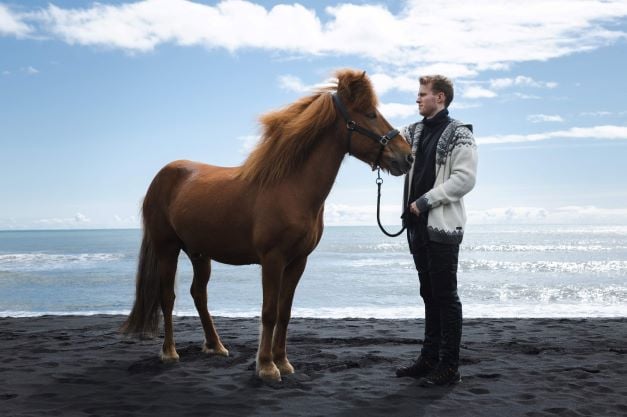
The Icelandic horses are not ponies, even though they are famously small. They can easily carry adult riders—remember, after all, that these are the same breed of horse that used to carry the big and rough Vikings along with all the things they hauled. Icelandic horses have a dense bone structure and are very tough and sure-footed, which was essential in the Icelandic terrain of volcanoes, mountains and glaciers.
The Icelandic horse has a long-life span, and it is common to continue riding on them long into their twenties. One Icelandic mare that lived in Denmark is known to have lived to the age of 57.
There is a stunning variety of colours in the Icelandic horse breed, too. Over one hundred different colours and pattern has been recognized.
If you haven’t fallen in love yet, just keep looking at pictures. The Icelandic horse is as charming as it is unique.

